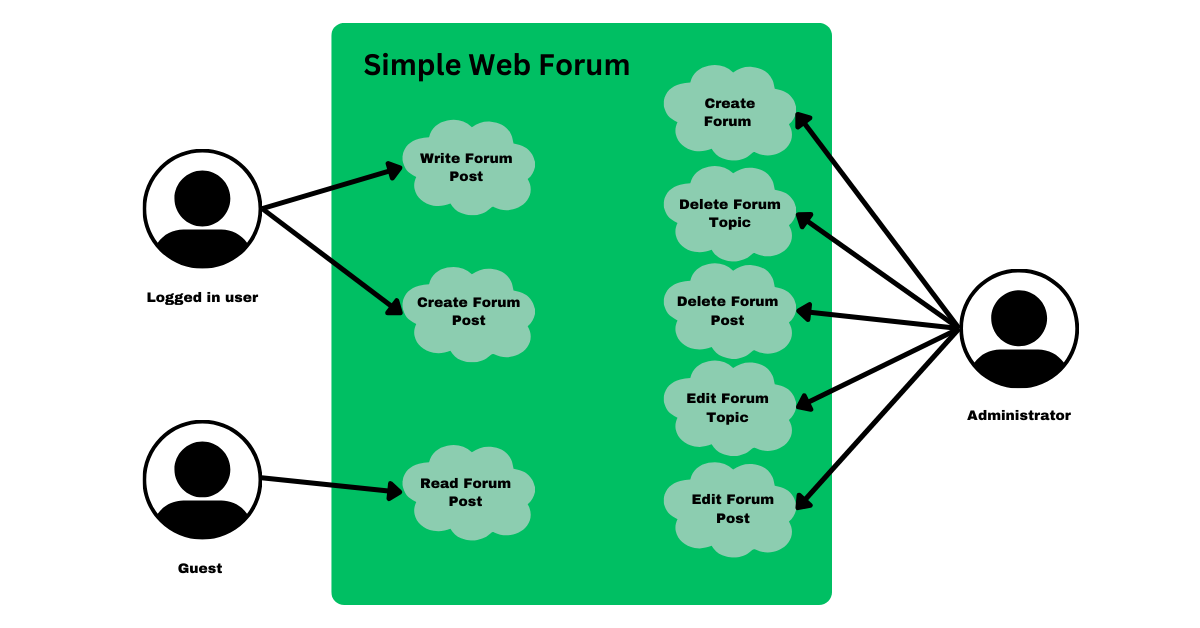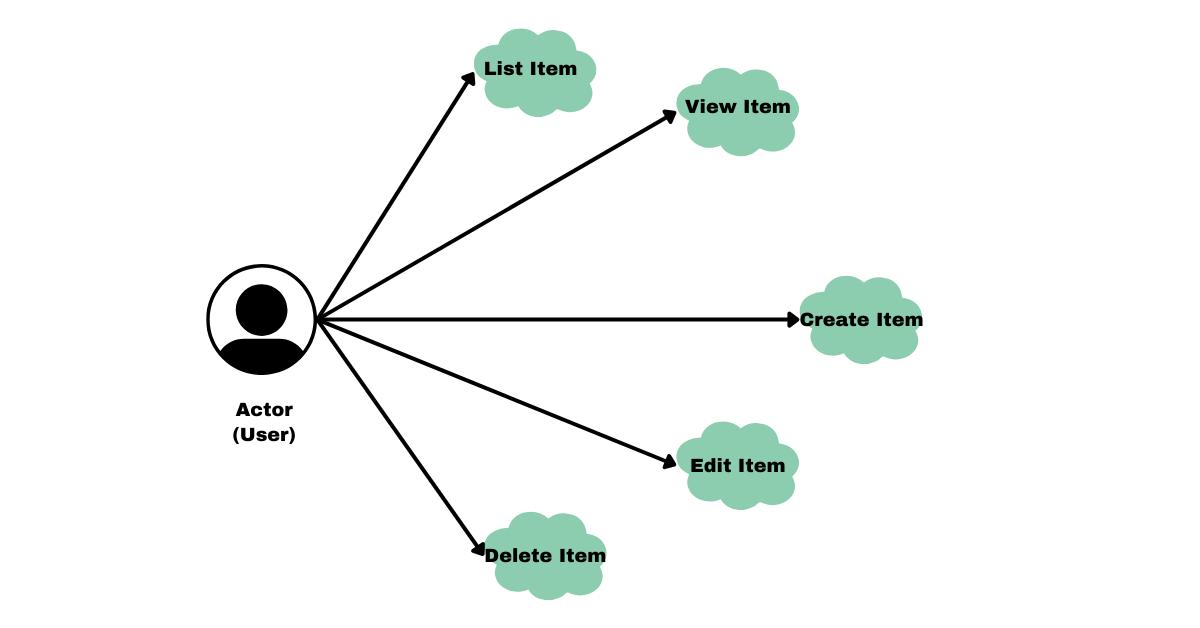Use Case Testing: Unveiling the Essence
 Pavlin
Pavlin
In the dynamic world of software development and quality assurance, ensuring a system meets requirements is paramount. Meticulous design and execution of test cases, like crafted experiments, act as a litmus test.
A standout technique in this landscape is "Use Case Testing."
What Is The Use Case Testing
Use case testing helps to identify and validate the functional requirements of a system or software.
This is done from the point of view of the two sides:
Actors Interacting Directly
From the perspective of actors directly interacting with the system, use case testing explores the user journey, ensuring that their interactions align with the expected outcomes.
Stakeholders Indirectly Engaged
For stakeholders indirectly interacting with the system, use case testing delves into the system's responses to their actions, ensuring a seamless and satisfactory experience.
The Basic Idea Behind Use Cases
Conceptual Framework
Use cases represent a sequence of transactions in a dialogue between a user and the system, culminating in tangible results. The steps involved are described to showcase how an actor interacts with the system.
Use Case Testing
Use case testing definition:
The user scenarios.
Example: Web Forum Use Case

Consider a simple web forum as an example. The use case involves various user roles, including logged-in users, guests, and administrators, each with distinct actions within the forum.
Logged-in User
A logged-in user has the ability to write forum posts and create new forum topics, contributing actively to the community.
Guest
Guests, on the other hand, can only read forum posts, providing a more passive engagement with the content.
Administrator
Administrators wield significant control, with the ability to create and delete forums, delete forum posts, and edit both posts and forums.
Use Case
Use cases consist of numbered or sequential steps that detail how an actor interacts with the system. These steps can be presented in text or flowchart format.
Use Case definition:
The basic idea of use cases is simple:
We have some numbered (or at least sequential) list of steps.
| Step | Description |
| 1 | Initiate the interaction with the system. |
| 2 | Identify the specific action or transaction. |
| 3 | Execute the action as per user's intention. |
| 4 | Navigate through system responses. |
The steps can be shown in text or as part of a text flowchart .
1. Start
- Initiates the use case process.
2. User Interaction
- User begins the interaction with the system.
3. Identify Action
- System identifies the specific action or transaction requested by the user.
4. Decision
- A decision point to determine the type of action:
- If "List Items" is chosen, proceed to step 5.
- If "View Item" is chosen, proceed to step 6.
- If "Create Item" is chosen, proceed to step 7.
- If "Edit Item" is chosen, proceed to step 8.
- If "Delete Item" is chosen, proceed to step 9.
5. List Items
- System displays a list of items.
6. View Item
- System shows detailed information about a specific item.
7. Create Item
- User provides input to create a new item.
8. Edit Item
- User specifies edits to be made to an existing item.
9. Delete Item
- User requests the deletion of a specific item.
10. Results
- System processes the chosen action and displays the results.
11. End
- Concludes the use case process.
Use cases also show the results obtained at the end of the sequence of steps.

Use cases also show the results obtained at the end of the sequence of steps.
Normal Workflow vs. Exceptions
Use Cases represent two basic scenarios:
The Happy Path: Normal Workflow
Use cases unfold in two fundamental scenarios: the normal workflow, representing typical processing, often termed the primary
Shows the typical, normal processing
Also called: the primary scenario, the normal course, the basic course, the main course, the happy path, etc.
The Not-So-Ordinary: Exceptional Scenarios
In contrast, exceptional scenarios, also known as alternative courses, delve into abnormal processing, portraying scenarios beyond the ordinary.
Also called: exceptions, exceptional processing, or alternative courses
Receiving Use Cases
Test Analysts' Role
In most instances, test analysts do not create use cases but receive them. Their role pivots around comprehending and creating tests based on these received use cases.
Conclusion
In the realm of software development and quality assurance, Use Case Testing shines as a vital strategy. It delves into user interactions, ensuring systems meet expectations.
Subscribe to my newsletter
Read articles from Pavlin directly inside your inbox. Subscribe to the newsletter, and don't miss out.
Written by
